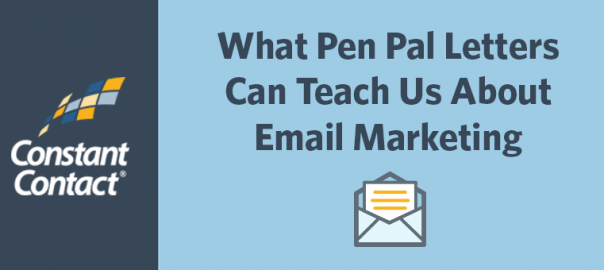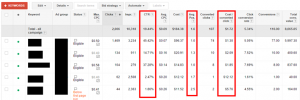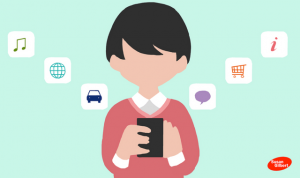
In today’s world of social media updates and text messages, pen pal letters can seem like a relic from the past.
But for me, few things beat the excitement of receiving a personal letter from a friend when I was a kid.
I was constantly keeping my eye on the mailbox, waiting for a letter to arrive. When it got there, I quickly opened and read every word, and would talk all about it to whoever was willing to listen. I always made sure to respond right away and couldn’t wait for the next letter to land in my mailbox.
When you think about the emails you enjoy reading, I’m willing to bet your experience isn’t all that different.
You look forward to receiving them because you know they have great information inside. You always open, click, and read every word. And you’ve probably even talked about them with your friends and family or shared them with contacts of your own.
See what I mean?
The good news is that with email, you don’t have to spend hours writing out a hand-written letter. Often, all it takes is a few lines of text, a photo, and an action you’d like your readers to take to generate business results.
To help you create emails your readers will look forward to, consider these three important lessons inspired by pen pal letters:
Step 1: Know your commonalities
How great is it when you make a connection with someone based on something you have in common? This is how most pen pal relationships start — maybe you met at camp, in a creative writing class, or during a summer softball league.
Once mailing addresses are exchanged, chances are you start the first few letters with that one commonality, from which a deeper conversation is started.
Think about the commonalities and areas of connection you share with your subscribers. But also remember that all your contacts are not the same, and there are unique interests for different contacts on your list.
Segmenting your email lists can help dial in on the specific needs and interests of select groups of customers and what message will be most effective for each of those groups.
An easy way to define these groups is to initiate the conversation with your customers early. If you own a retail shop, ask each person who signs up for your email list what their favorite retail therapy is. It’s a fun way to get to know their buying habits and what types of email marketing messages you can serve them later on depending on what they love to buy most — be it shoes, purses, or accessories.
In addition to organizing your lists by interest, you can do the same by customer behavior. Using the insights you gain from click-through rates, you can easily find your most engaged audiences and what content resonates with that group.
Step 2: Show, don’t tell
Do you remember your excitement when a Polaroid or a doodle on a scrap piece of paper fell out of your pen pal letter immediately upon opening it?
You can give your subscribers a similar feeling of excitement when you use images to illustrate your message. By following some basic image rules, you can bring your email to life!
Better yet? Share a short video. This is a great opportunity to show your business in action — whether you are a retail store in the middle of unpacking a new shipment of stylish outfits, or a nonprofit recapping the results of your annual fundraiser.
When used correctly, video has the power to improve your email marketing results and make a more meaningful impact on your audience.
Step 3: Be consistent
Waiting…waiting…waiting. Never a good thing when you are looking forward to hearing from someone. And when you finally do receive that long-awaited message, it’s often far more lackluster than any of the ones before were.
Wouldn’t it have been much better if your pen pal had let you know they were going to be on vacation and wouldn’t write for a few extra weeks? Upholding consistency is critical for retaining both newly-added and long-time email subscribers.
Similarly, look for ways to create consistency within your email newsletters. I remember many of my pen pal letters ending with long run-on sentences asking question after question to show your interest in the reader in a fun and casual way.
Think of ways you can make your communication a two-way street by asking questions like: Did you get the chance to attend our in-store cooking event with our chef? What did you think? Do you have suggestions for our next event? Feel free to reply with your suggestions!
Asking questions is a great way to echo your interest in your customer’s opinions and most importantly, to assure them you’ll be writing again. This cycle is the basis for a strong seller-buyer relationship.
How can you use these tips today?
I hope these tips, inspired by the nostalgic handwritten predecessor of email, have you thinking about ways to create messages your subscribers will look forward to.
Try this out — take a look at your last few emails. Do they sound like they came from a real person? Is there good information that would get people to want to read? Will it be interesting to the people you want to reach?
By incorporating some of these lessons into your email marketing, you’ll be able to make a more personal connection with your email readers and build excitement every time you hit send.
Do you have any tips for creating emails your subscribers look forward to? Let us know your best piece of advice in the comments below!
(142)





